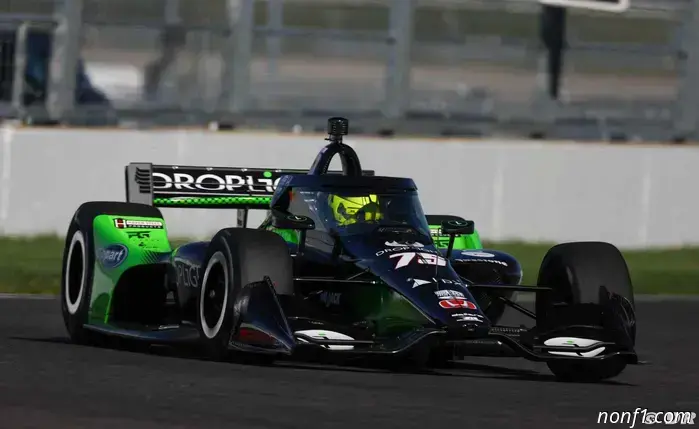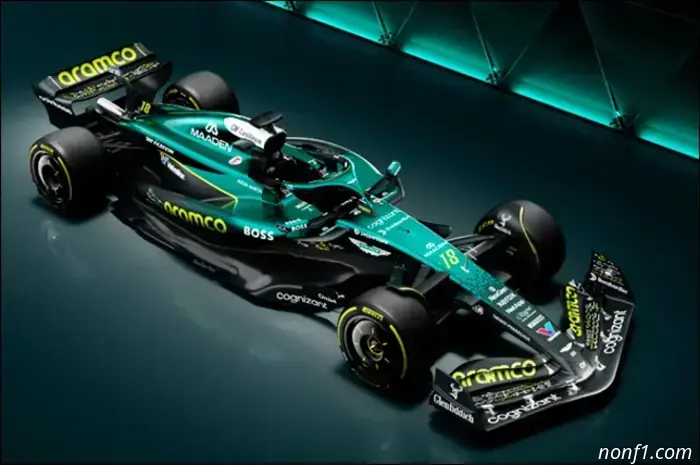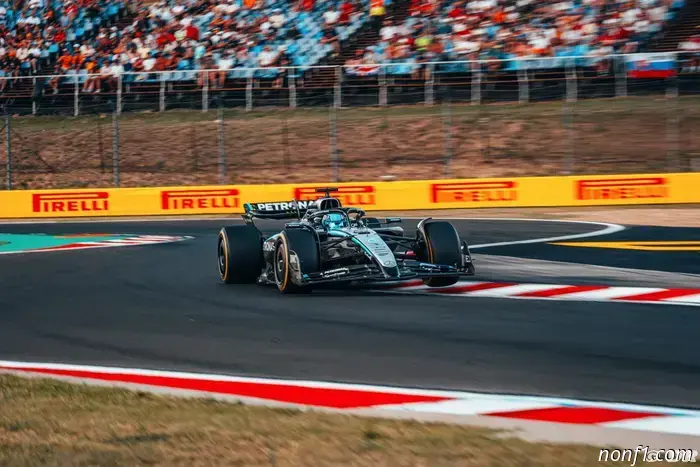Pedro de la Rosa: COTA — a circuit of compromises
Before the Austin stage, former Formula 1 driver and Aston Martin ambassador Pedro de la Rosa spoke about the characteristics of the track…
Question: What challenges do engineers face when setting up the car for the Circuit of the Americas (COTA)?
Pedro de la Rosa: COTA is a circuit of compromises, featuring both slow and fast corners, and you need to find settings that will allow you to cope with that.
You have to set the ride height optimally so that it is high enough for the slow sections and low enough to provide the required downforce in the fast ones.
This is difficult because modern cars have a very narrow operating window, especially regarding ride height. Setting up the car in Austin is very hard, both for drivers and engineers; it’s a complex, collaborative job. At COTA you always have to sacrifice something.
Question: In which part of the track is the compromise on ride height especially important?
Pedro de la Rosa: To reduce lap time you need to straighten the first sector as much as possible, and to do that you have to use the kerbs.
The problem is that on the one hand the ride height must be low enough to provide good downforce in the high-speed corners, but not so low that the car slams onto the kerbs. If that happens, you lose downforce and control of the rear of the car. You have to attack them to go faster – here you need to find a compromise.
A lower ride height is physically uncomfortable for drivers – the lower you run the car, the more impacts you feel in the cockpit.
Question: The 'esses' of the first sector are one of the best places to attack flat out. What does a driver feel on that section?
Pedro de la Rosa: Drivers love that section. It’s a high-speed sequence that requires great precision. The driver feels very high g-forces. First 5G to one side, then almost immediately 5G to the other – it’s awesome! Physically, it’s hard on the neck muscles, but COTA has long straights where you can recover.
Question: What other sections are interesting from a driver’s point of view?
Pedro de la Rosa: Turn 1 is like the start of a roller coaster – you climb a hill, feel the rise in elevation – you can brake later there because gravity pushes you back.
It’s a blind corner and you see the crest at the very last moment, and it’s a very good overtaking opportunity – the track is wide on entry and there are many lines you can take. You can also overtake on the exit if you have better traction than your opponent.
I’ve always thought Turn 19 is the hardest. You approach it very fast; it also has a blind entry, but you enter at a much higher speed than Turn 1. If you enter it too fast and hit the kerb on entry, it can spin you, and if you come in too late you can run off the track. That corner is extremely hard to get right – you need to be very precise at high speed, but you can’t see the apex.
Question: How tough is this track on the tyres and how do drivers cope with that?
Pedro de la Rosa: As with much else at COTA, tyre management is also a question of compromise. They wear heavily in the first half of the lap; you need to look after them to use them effectively in the second half of the lap, especially in qualifying.
At the same time you can’t give anything away in the first sector, but you must attack in a way that doesn’t cause too much sliding, because sliding heats the tyres and they are then very hard to cool down.
In the second half of the lap it’s more important to preserve the rear tyres because there are many acceleration points – on the exits of Turns 12, 13 and 14 – where you can lose far more time in the slow parts of the lap than in the fast ones.
Racing in Austin is about finding the fine balance in the setup that lets you drive on the limit.

Other articles
 Bobby Epstein: We're trying to make the weekend more interesting.
Austin track manager Bobby Epstein on sprint weekends, competition with other rounds and the future of the event...
Bobby Epstein: We're trying to make the weekend more interesting.
Austin track manager Bobby Epstein on sprint weekends, competition with other rounds and the future of the event...
 Mick Schumacher remains undeterred by concerns regarding safety in Indycar racing.
Formula 1 | Mick Schumacher expresses that he is not concerned about the risks associated with oval racing as he moves closer to making a full-time transition to Indycar in 2026. The (…)
Photo gallery: Racing Bulls livery in Austin
© F1News.Ru Editorial Office 1997–2025. Media registration certificate El No. FS77-29173. Registered by the Federal Service for Supervision of Communications, Information Technology and Mass Media.
Mick Schumacher remains undeterred by concerns regarding safety in Indycar racing.
Formula 1 | Mick Schumacher expresses that he is not concerned about the risks associated with oval racing as he moves closer to making a full-time transition to Indycar in 2026. The (…)
Photo gallery: Racing Bulls livery in Austin
© F1News.Ru Editorial Office 1997–2025. Media registration certificate El No. FS77-29173. Registered by the Federal Service for Supervision of Communications, Information Technology and Mass Media.
 United States Grand Prix: Weekend weather forecast
It will be hot in Austin this weekend...
United States Grand Prix: Weekend weather forecast
It will be hot in Austin this weekend...
 Aston Martin unveiled a livery for Austin.
Ahead of the Austin weekend, the Aston Martin team unveiled a special livery for the car created in collaboration with title partner Aramco.
Aston Martin unveiled a livery for Austin.
Ahead of the Austin weekend, the Aston Martin team unveiled a special livery for the car created in collaboration with title partner Aramco.
 Official: Mercedes F1 announces Russell and Antonelli for 2026.
Formula 1 | The Mercedes-AMG PETRONAS F1 Team is pleased to announce that George Russell and Kimi Antonelli will remain as the team's drivers for the upcoming season (…)
Official: Mercedes F1 announces Russell and Antonelli for 2026.
Formula 1 | The Mercedes-AMG PETRONAS F1 Team is pleased to announce that George Russell and Kimi Antonelli will remain as the team's drivers for the upcoming season (…)
Pedro de la Rosa: COTA — a circuit of compromises
Ahead of the Austin round, former Formula 1 driver and Aston Martin ambassador Pedro de la Rosa spoke about the track's features…
